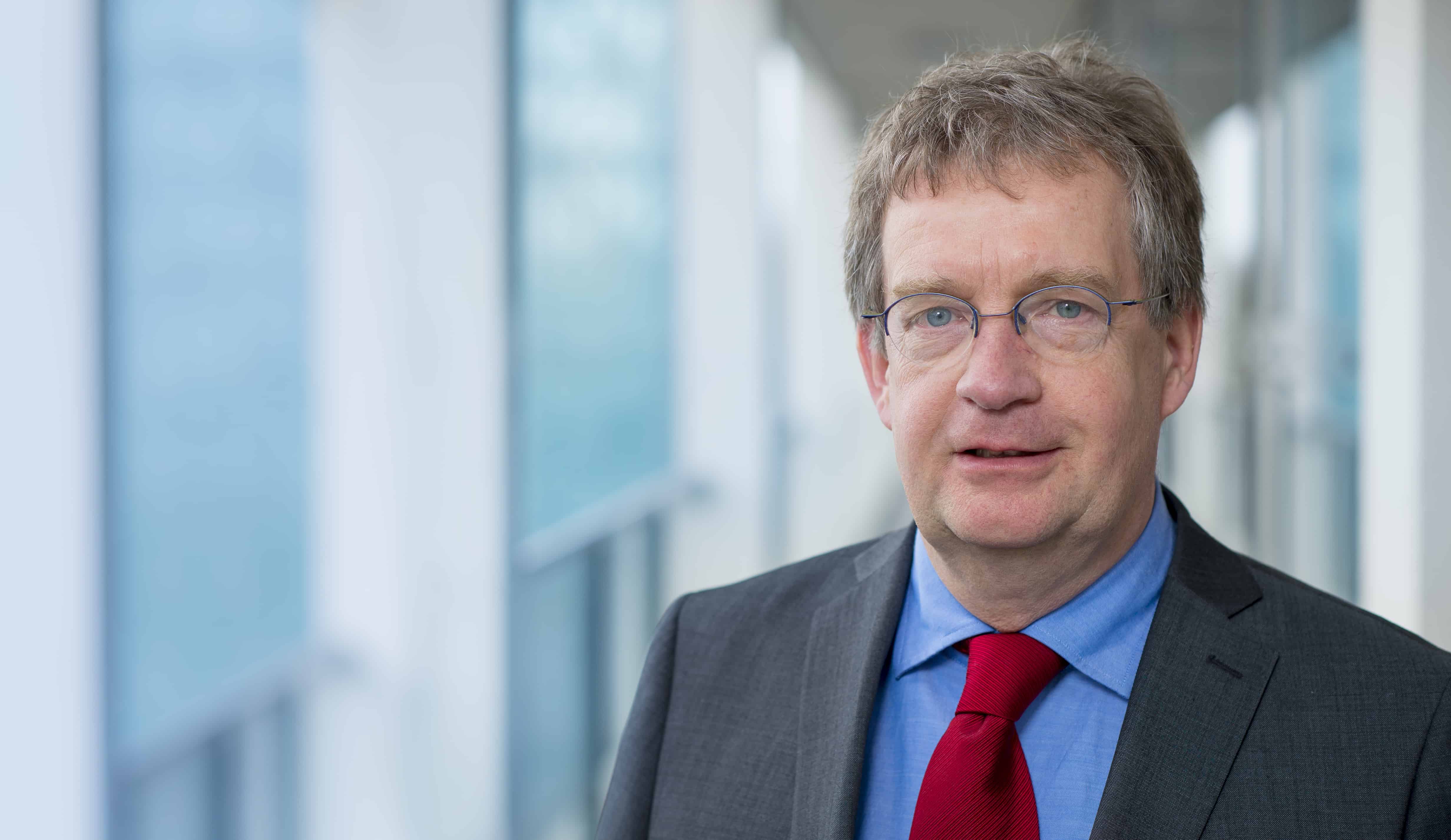
Eindhoven can be proud of all the technology that has emerged here. But the city needs artists to help us think about the effects and consequences of all these innovations. And more importantly, innovation would go faster if there would be more connections between the worlds of art and technology.

Some time ago I won the national innovation award, was honoured as an international trend watcher and a pioneer in internet and virtual worlds. In April I was asked by the European Theatertreffen to help the sector catch up in the “digital divide”. Several sectors are working on innovations, virtual worlds, internet of things, etc.
But there seems to be little interaction between the different sectors.
And that’s a shame. CREW for example, 10 years ago already built their own Oculus Rift, with a 360 degree camera on a helmet, video glasses, and a heavy laptop as a back pack. Other artists worked on smart highways, the city as a playground and a bulletproof skin based on spider silk. Anouk Wipprecht worked at Intel and designed a Spider Dress; she generated worldwide media attention and thus fueled a discussion on interpersonal communication through smart clothes and the integration of animal features in new technology and wearables.
Many media artists took an engineering degree first and would proceed to examine that so exciting future only then. Virtual worlds, the limitations of our human perceptions, the technological upgrading of our body; are digital analysis systems really better and even so, how do we maintain control over them? Innovations only go as far as we – as human beings – can handle. Innovation always involves an important human factor.
Art invents new innovations, even before they arise.
Art can build bridges. Art finds new uses for innovations. Art invents new innovations, even before they arise. Art also encourages us to think if these innovations are really what we want, if we want a future like in ‘1984’, or if we need to install some safety and traffic rules before we enter one of those many VR conferences out there now. Who would want to use an app if he would know in advance that the result would be resulting in higher health insurance rates, or would put you on a black no-fly list to America?
What happens when a data analysis system can hear you say something about a bomb, but it doesn’t hear you say afterwards that you were joking? Our data analysis systems are full of mistakes and we have to be careful – which we aren’t, because it is alle about business. I’d like to have a smart electricity meter, smart light switches, smart curtains, a smart city, but only if I know it is not connected to the Internet and no data can leak, which could bring me into trouble. I do not want to sit in a car without seat belts.
Artists see those scenarios in time and can also come up with creative solutions. They see new possibilities and opportunities, new applications, new connections. New scenarios in the field of human interaction. Art is a visual philosophy, visual dreaming, playing. Art is a Bachelor and Master Degree, it is much more than “deco”. We now teach machines to think for themselves, even Manifestations shows a Psychiatric Clinic for robots, to help solve all future issues that may come with this development. It may sound far-fetched, but what if a touchpad would indeed be able to feel our finger physically and from there starts to learn socially? Already is a new genre is emerging in science and in industry. I see Eindhoven as a region with many opportunities and innovative technology, and I see a lot of opportunities to accelerate this innovation – if we start building bridges between professional artists and the technical industries.
October 27, 15:00 hrs: Entrepreneur meets Artist. Microlab Strijp-S








